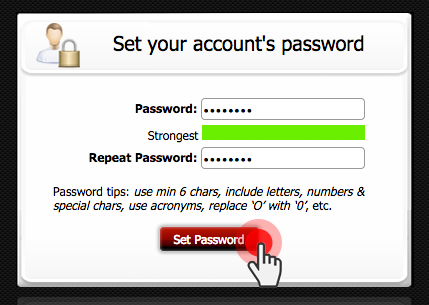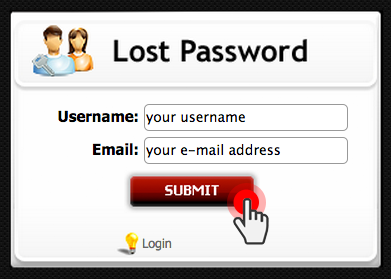Another SSL vulnerability – the POODLE bug, has surfaced. Server-side measures taken.
 October 16th, 2014
October 16th, 2014
Just a few months after the Heartbleed bug shattered the believed-to-be-secure SSL/TLS encryption layer status quo and put data transfers, emails, instant messages, etc. at risk, a new SSL vulnerability has been brought to light by Google experts.
According to Google researchers, a weakness in the SSL 3.0 protocol could be used to eavesdrop critical data that is transferred over an encrypted connection between web browsers, apps, etc. and servers.
The ‘new’ bug is called POODLE – an acronym for Padding Oracle On Downgraded Legacy Encryption.
The mechanism of the POODLE attack
The newly discovered POODLE exploit poses a great threat to online security, since it affects an old SSL version, which is still widely used by the majority of servers and clients.
It allows hackers to outsmart a web client by telling it that the server does not support the more secure TLS (Transport Layer Security) protocol, so the client is forced to connect via SSL 3.0.
This downgrade maneuver opens the door of abuse and attackers can freely decrypt secure HTTP data and steal the protected information.
Measures taken against POODLE attacks
With the discovery of POODLE, the security specialists at Google instantly recommended measures for dealing with this encryption issue.
First and foremost, the SSL 3.0 protocol needs to be disabled for both participants in the SSL communication – the server and the client, and they need to default to the more secure TLS. This will stop attackers from forcing the communication to go through the exploited SSL 3.0.
Server-side measures:
In response to the Google team’s recommendation, our web hosting servers no longer support SSL 3.0 and older versions of the protocol. Also, our administrators have set the minimum SSL requirement to the provenly secure TLS 1.0.
NOTE: As a result, an Internet Explorer browser whose version is 6.0 or older will not be able to access websites hosted on our servers.
Client-side measures:
As far as web clients are concerned, Google specialists recommend that end users immediately disable SSL 3.0 support in their browsers, if such exists.
In response to the issue, Google plans to remove SSL 3.0 support completely from all its products in the upcoming months. Currently, they even offer a Chromium patch, which disables the SSL 3.0 fallback.
Mozilla has also announced plans to turn off SSL 3.0 in Firefox and it will be disabled by default in Firefox 34, which will be released in November. They also offer code for disabling the protocol, which is now available via Nightly. Also, you can use the SSL Version Control add-on for Firefox.
Upcoming actions against POODLE attacks
To further secure our system against future downgrade attacks, our admins are also planning toimplement TLS_FALLBACK_SCSV (Transport Layer Security Signalling Cipher Suite Value) on all our servers shortly. We’ll keep you posted.

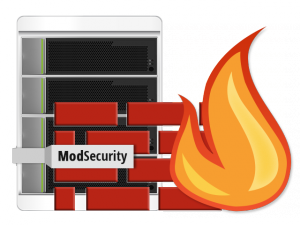 The ModSecurity Apache module is a great solution for minimizing the number of hack attacks to websites and applications.
The ModSecurity Apache module is a great solution for minimizing the number of hack attacks to websites and applications.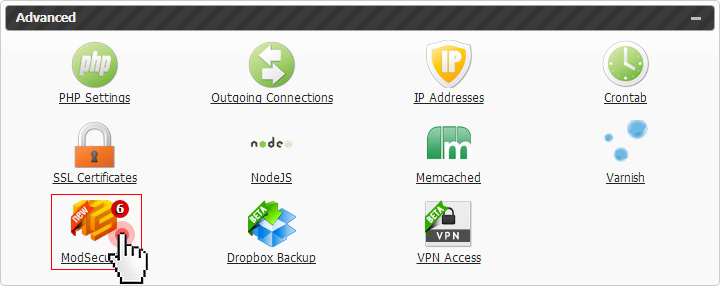
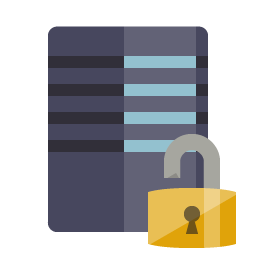 Password transmission over email has always been a hot topic for security-sensitive users and this is so for a reason – password smugglers are getting smarter in inventing new ways of stealing private information.
Password transmission over email has always been a hot topic for security-sensitive users and this is so for a reason – password smugglers are getting smarter in inventing new ways of stealing private information.
